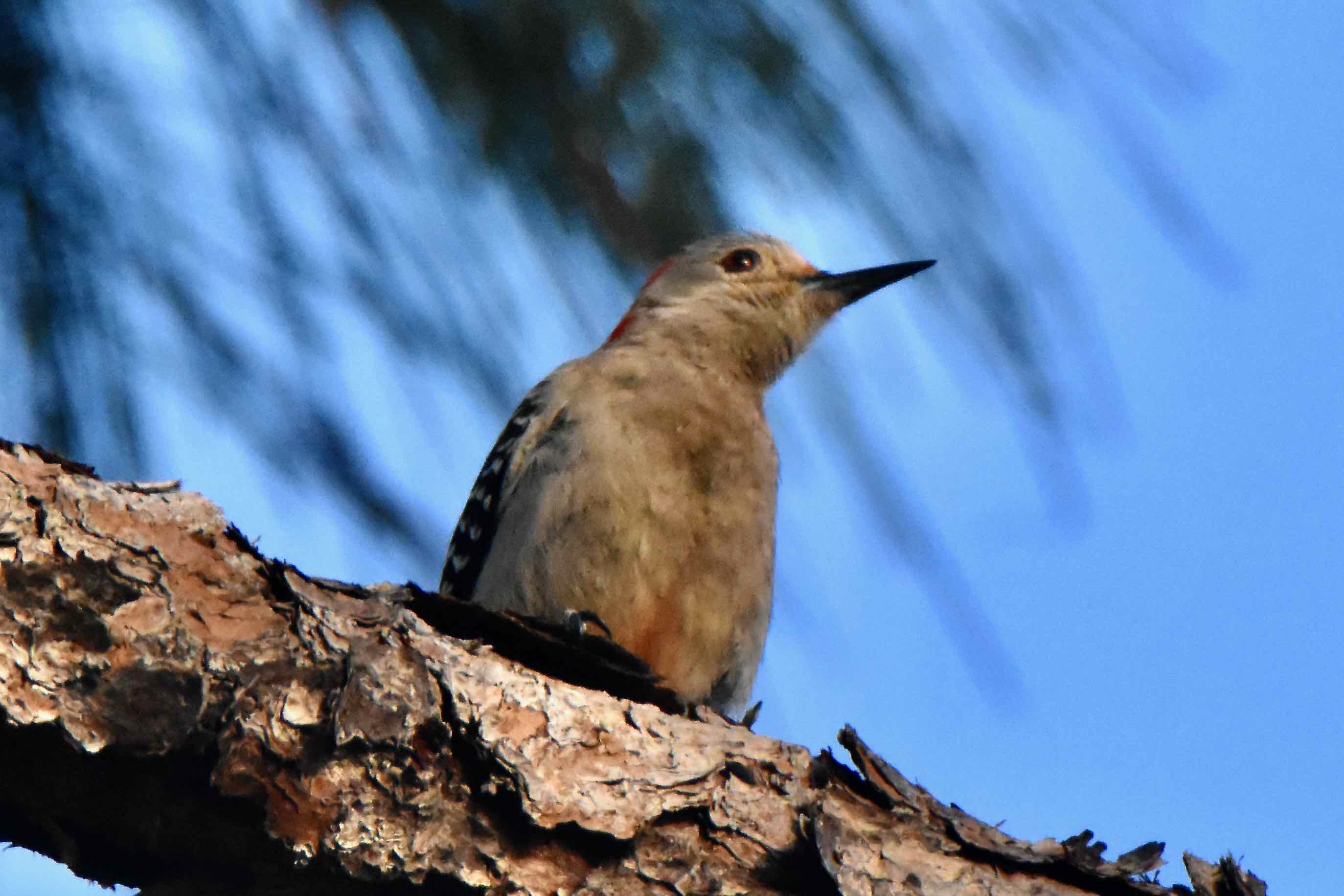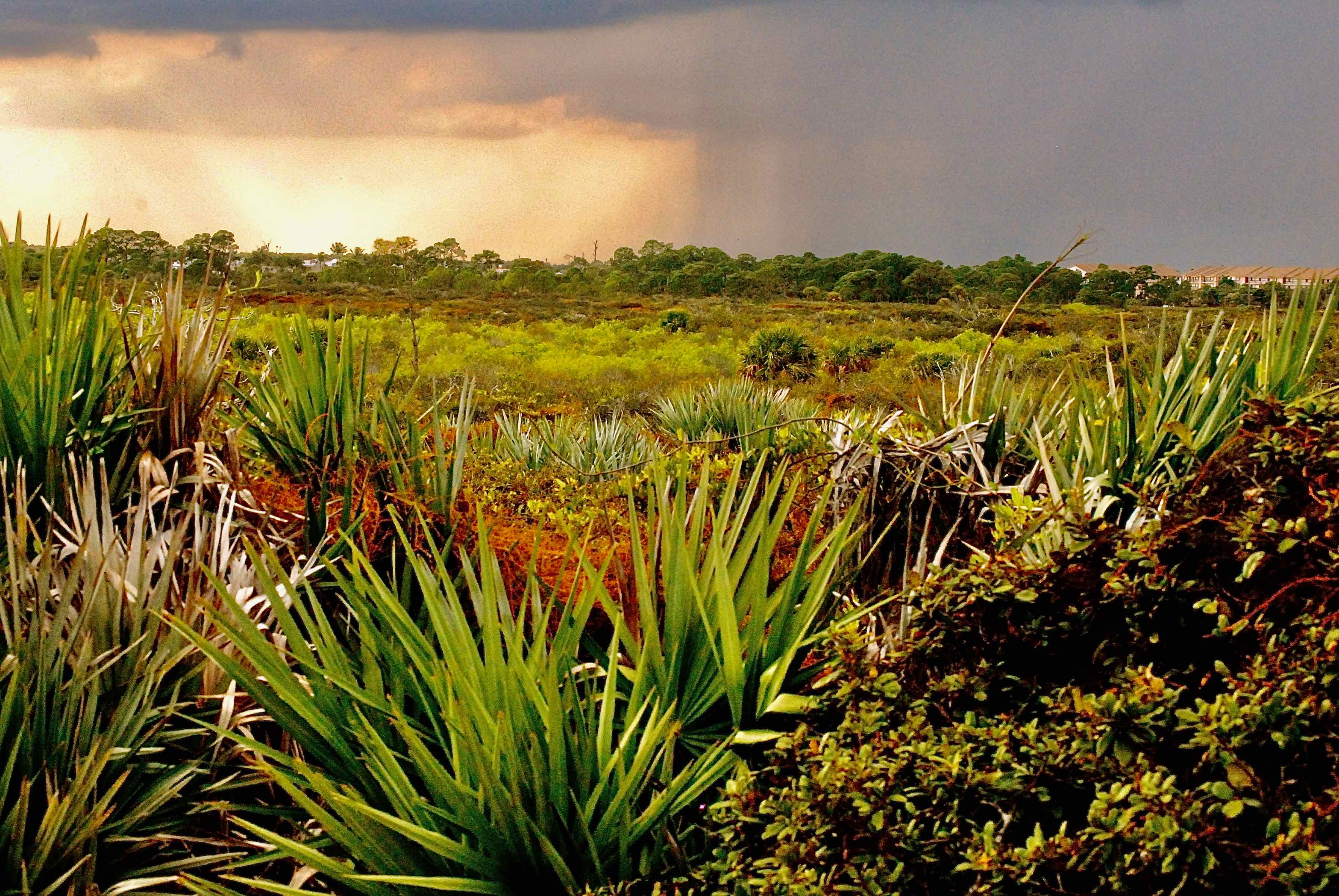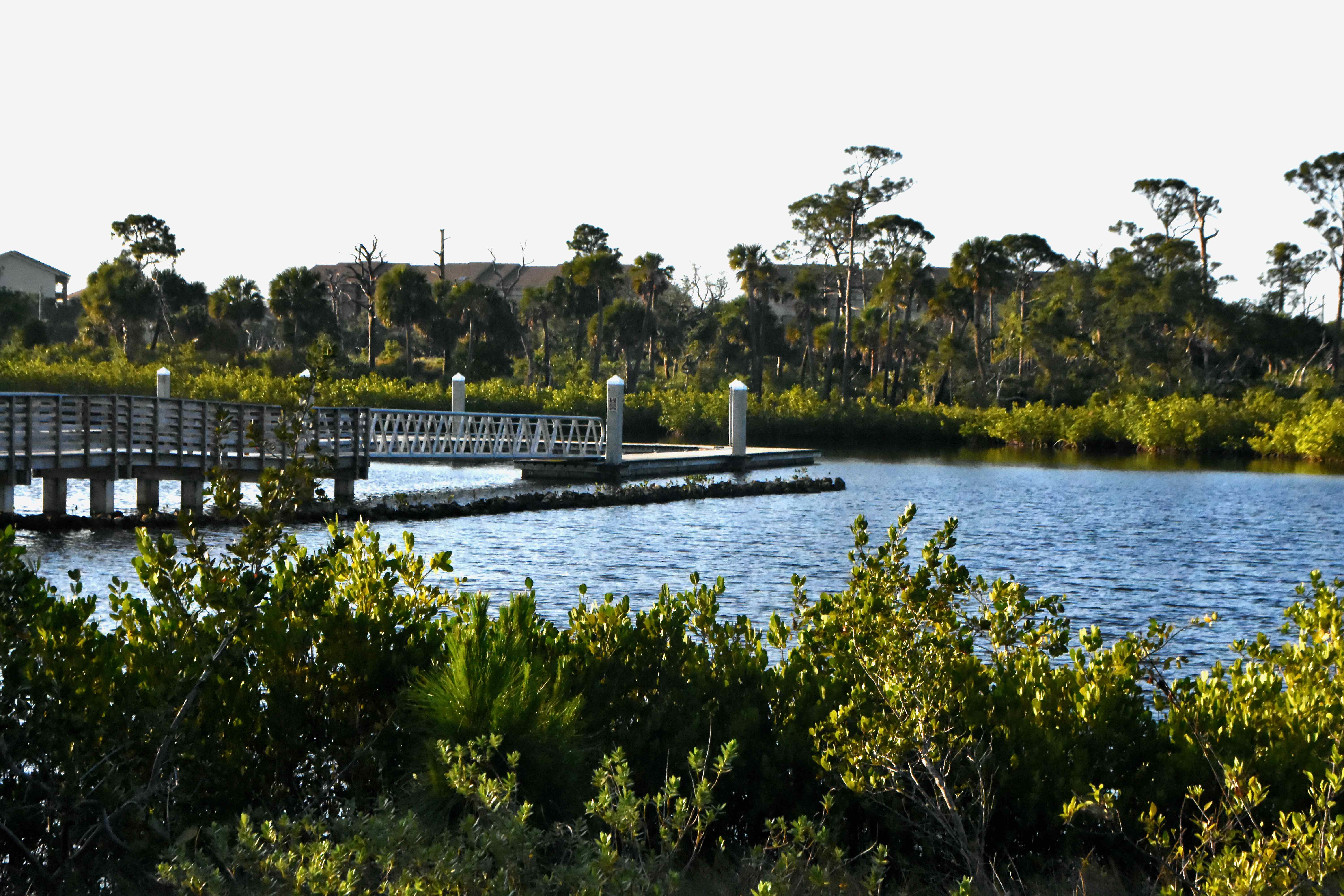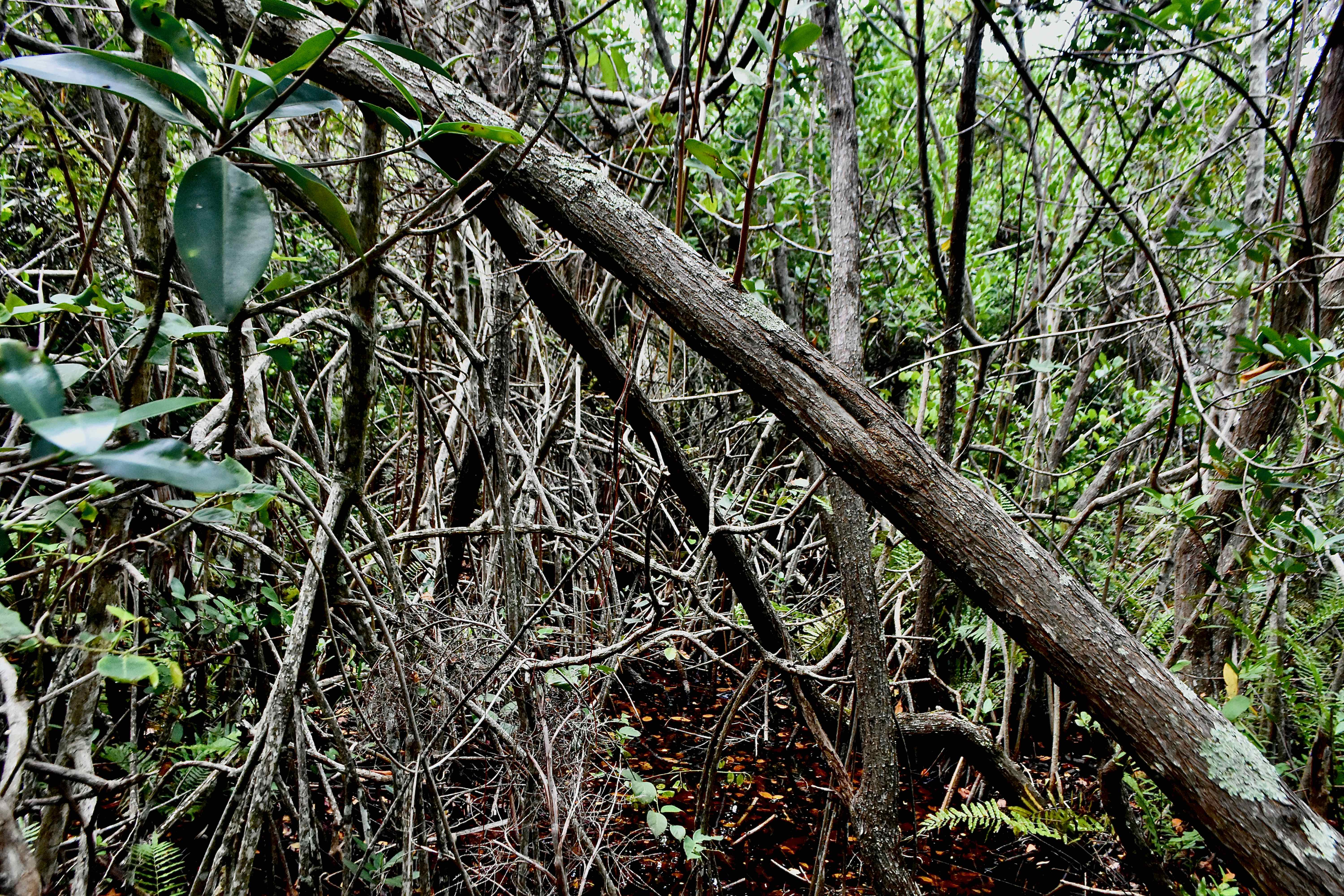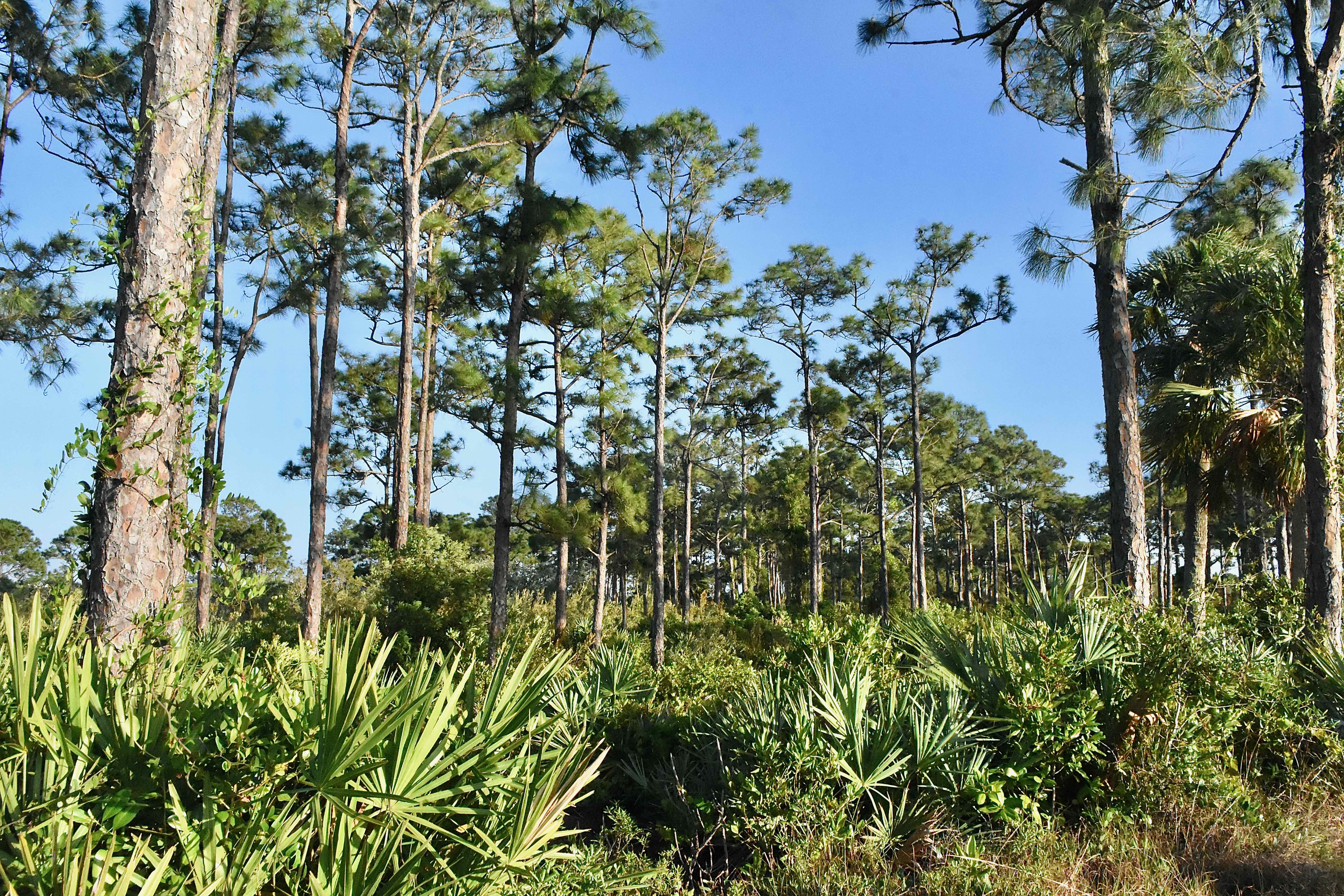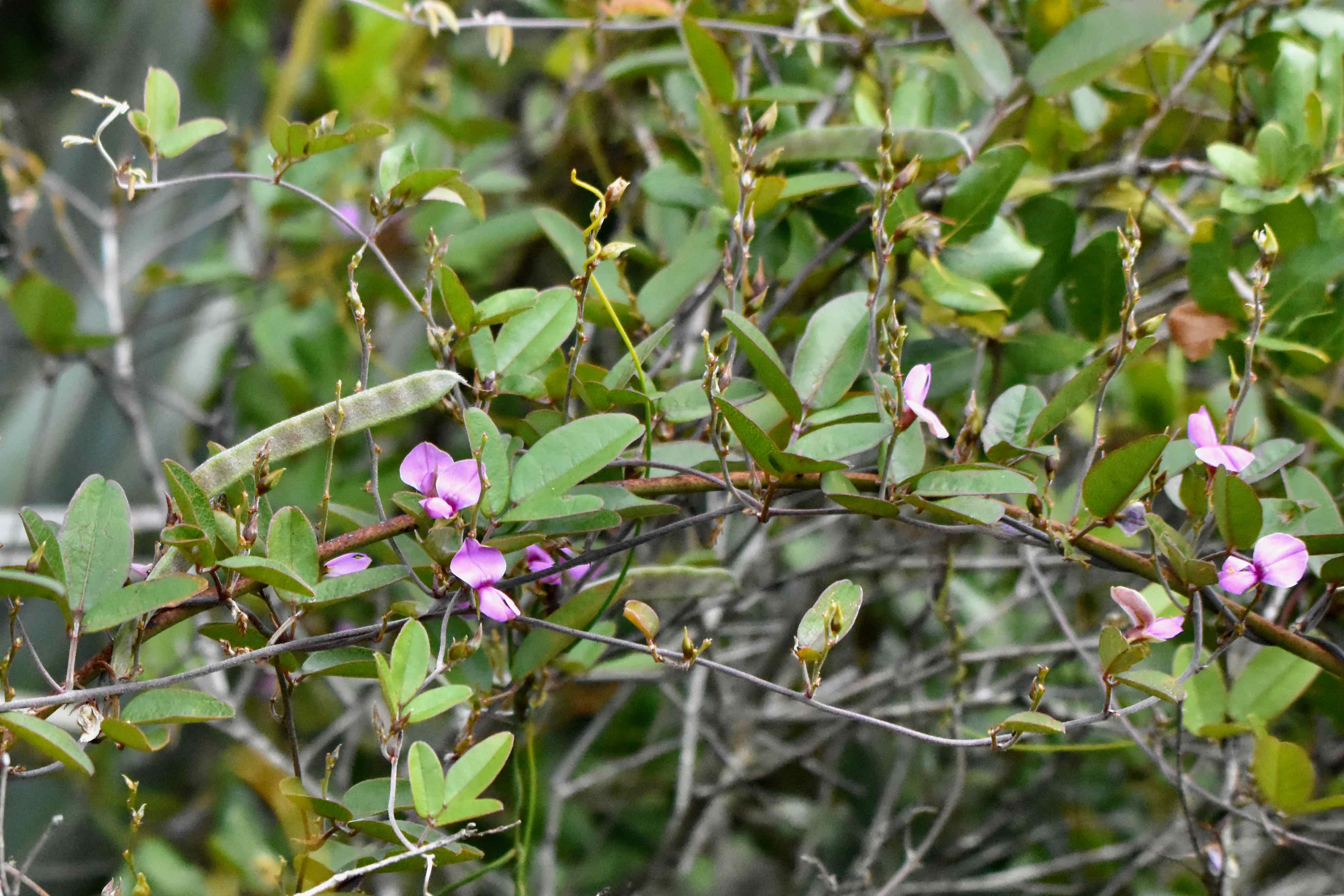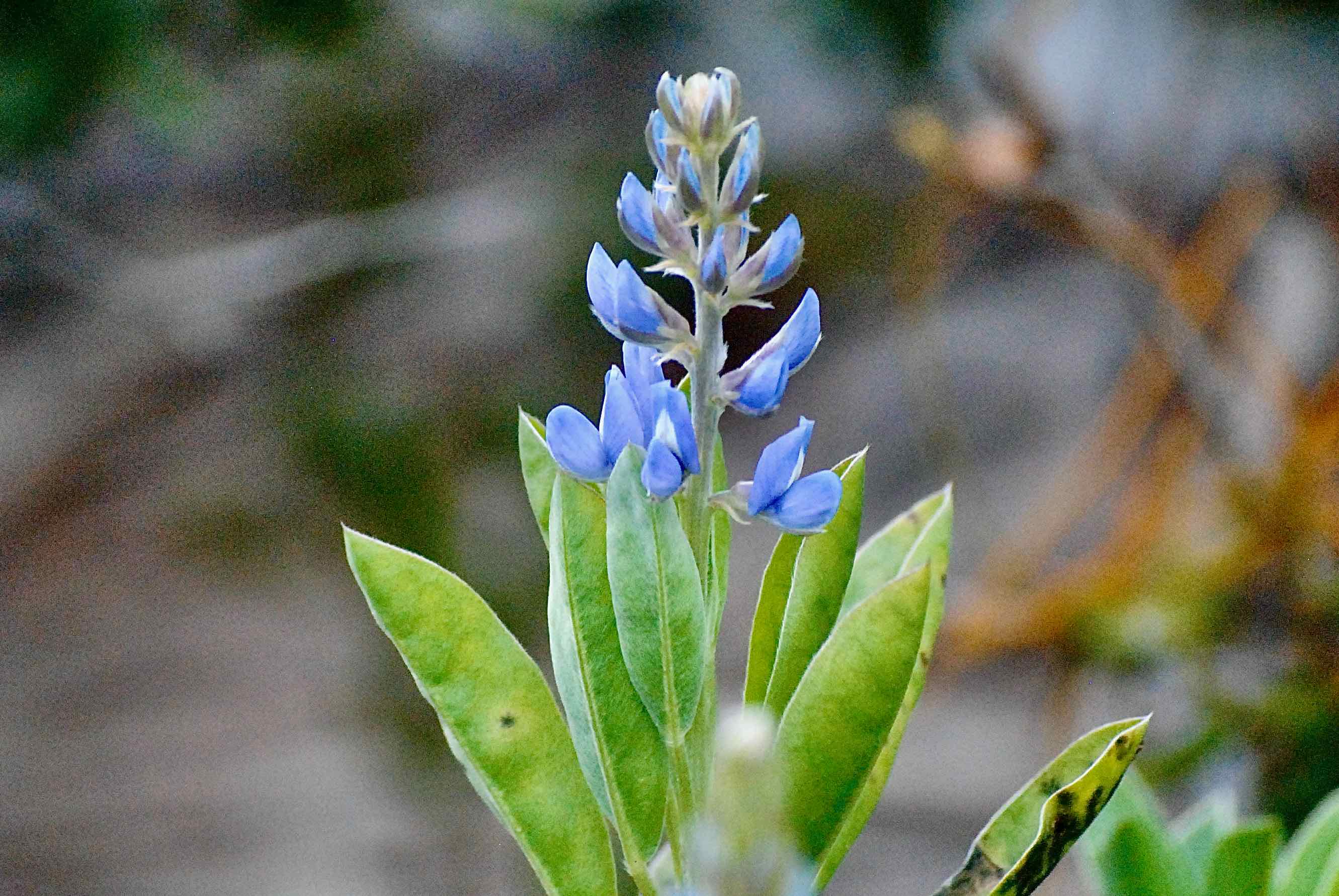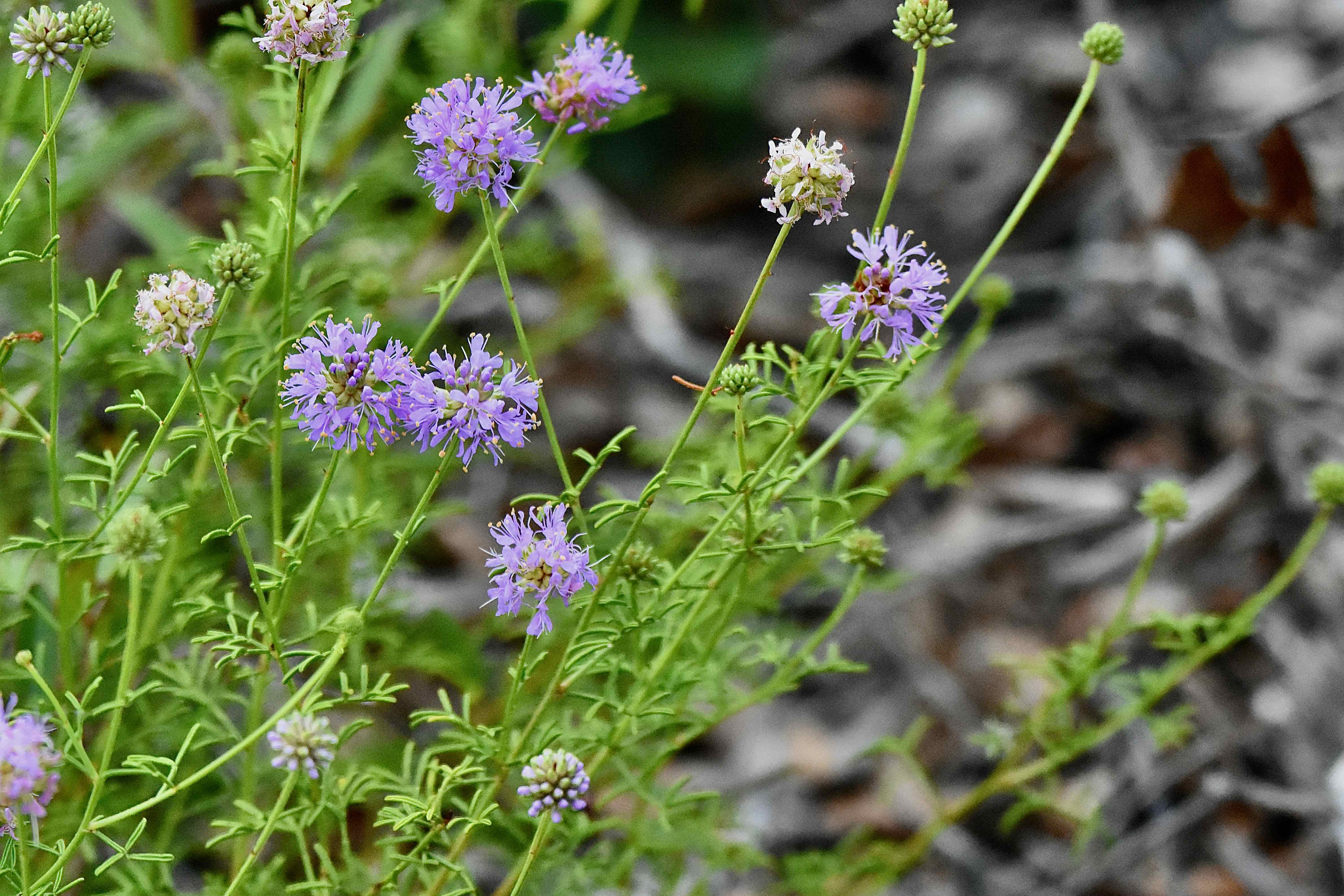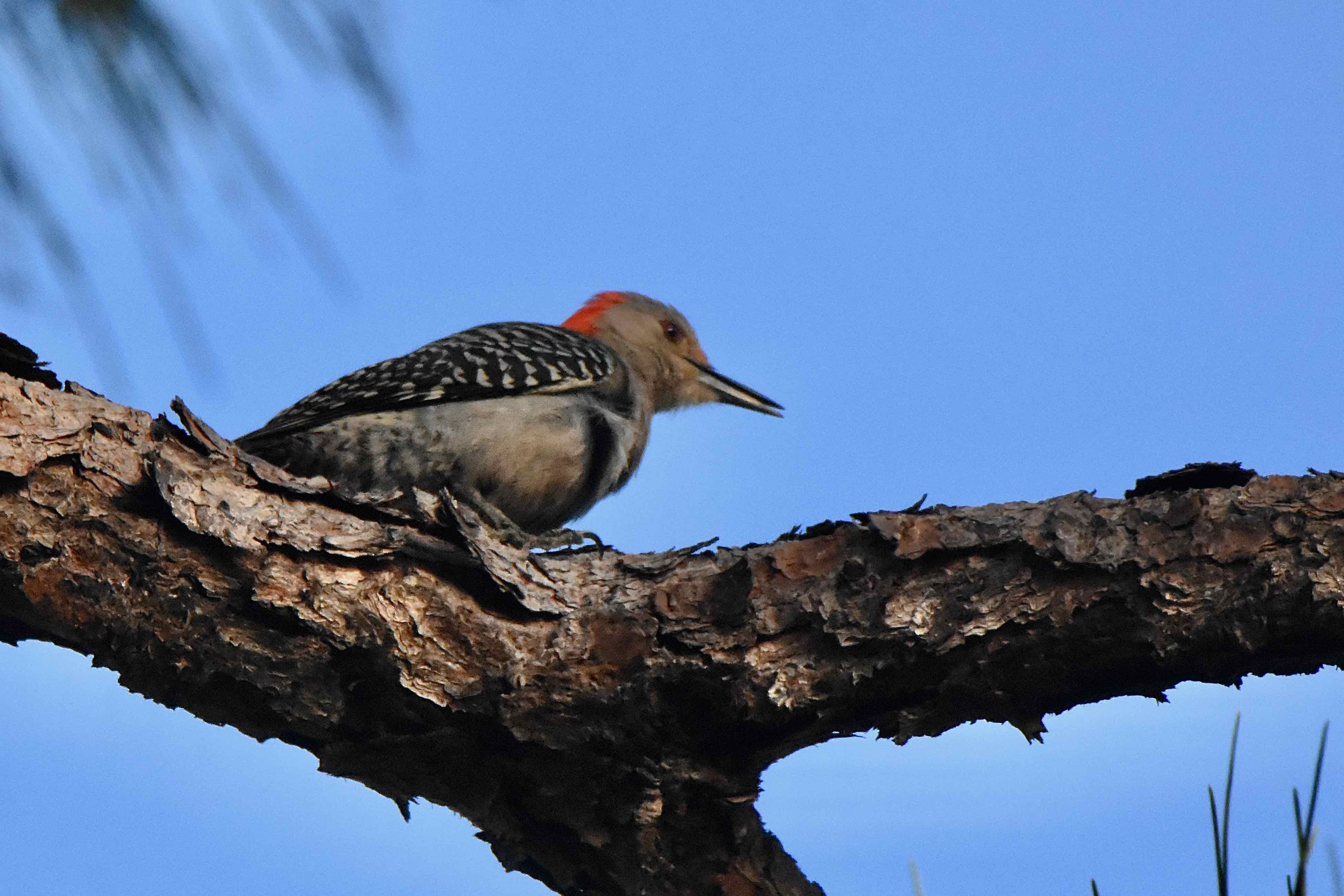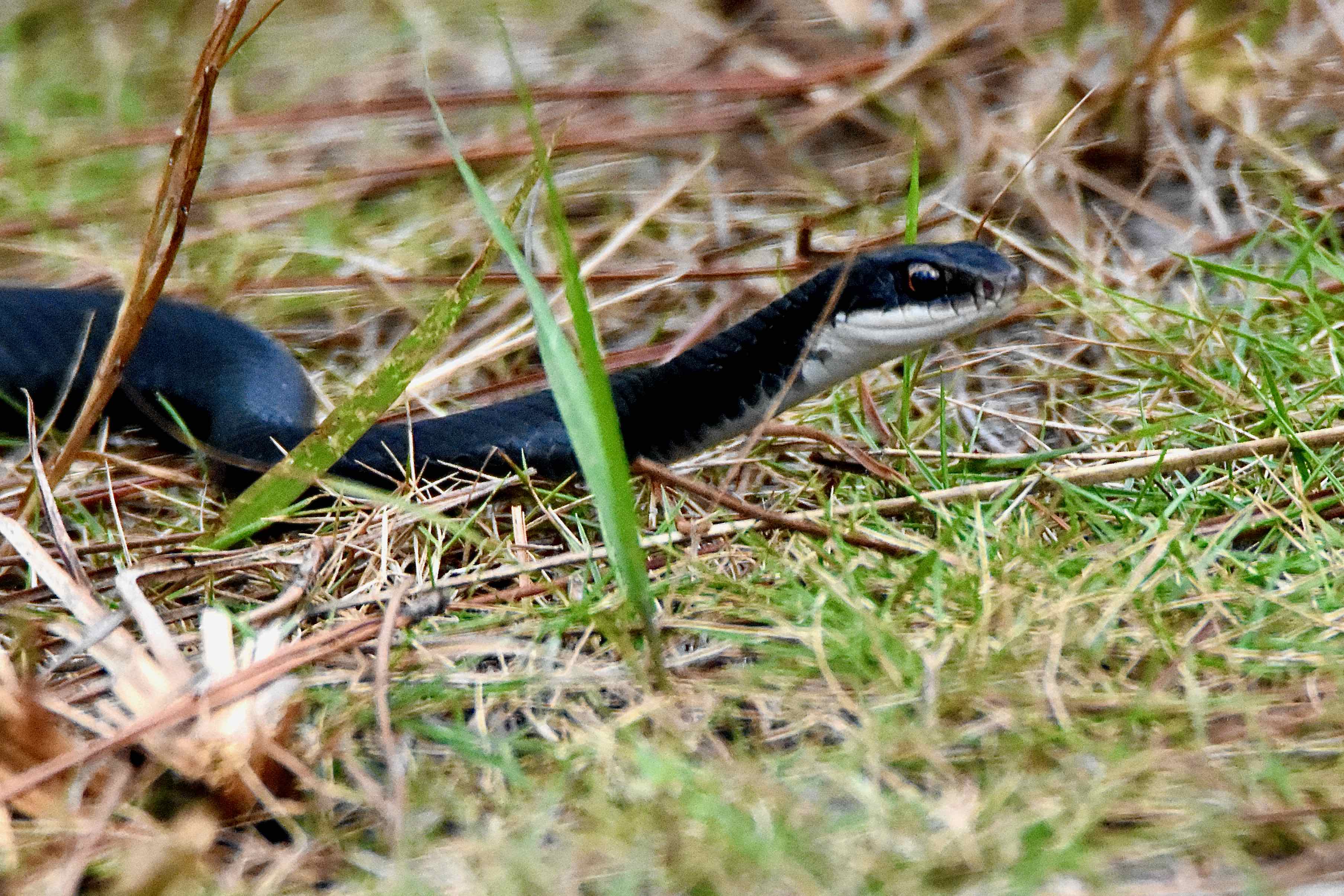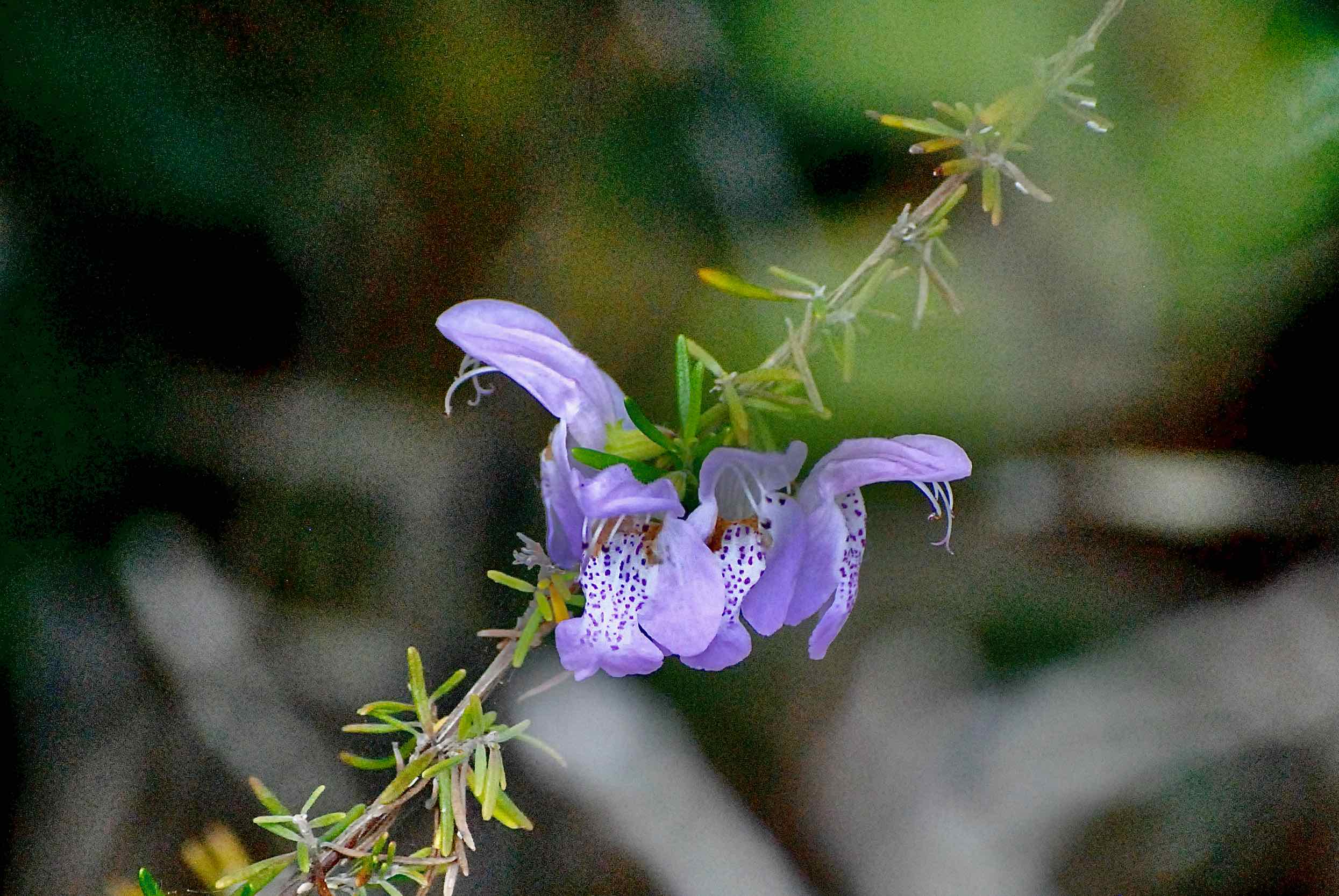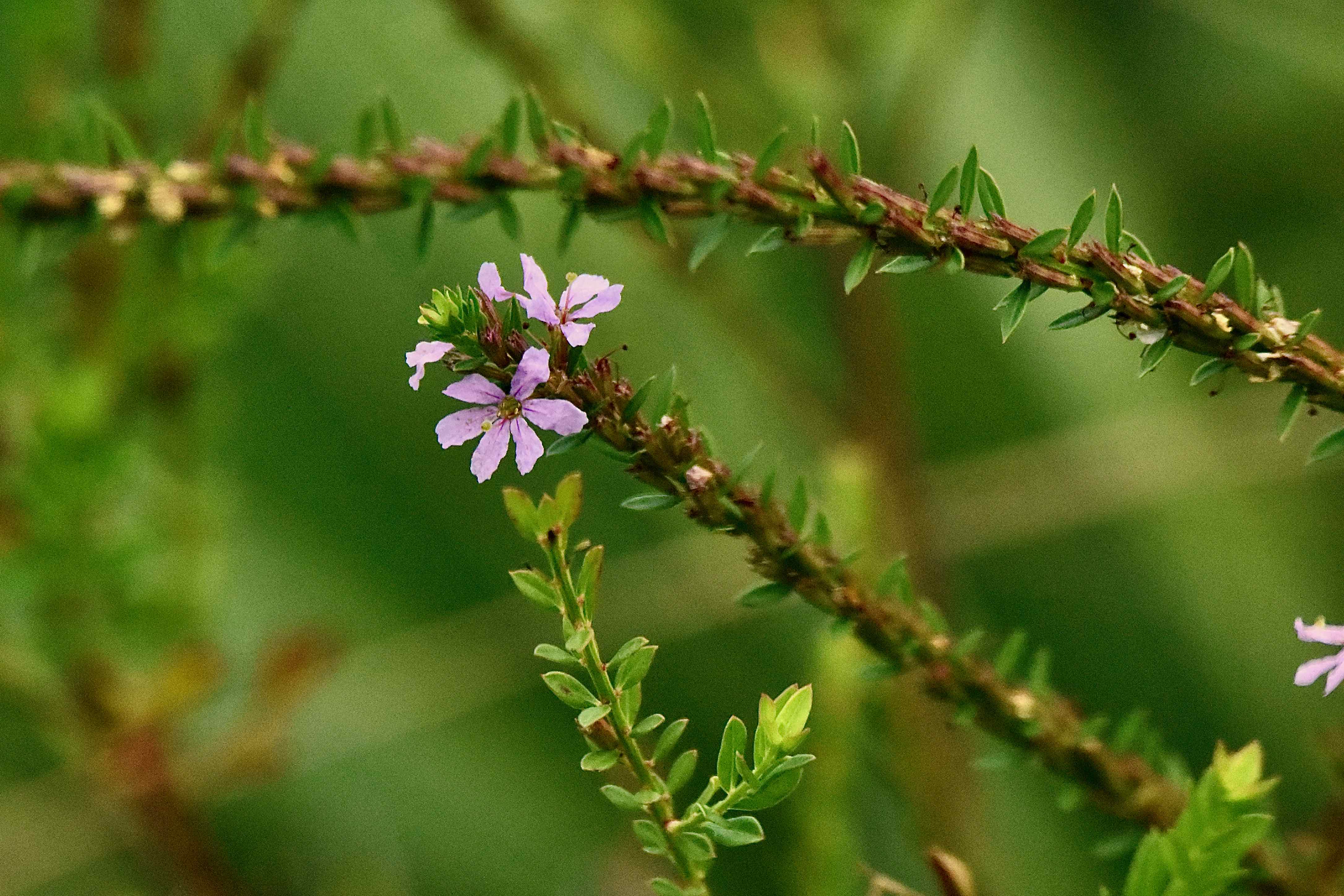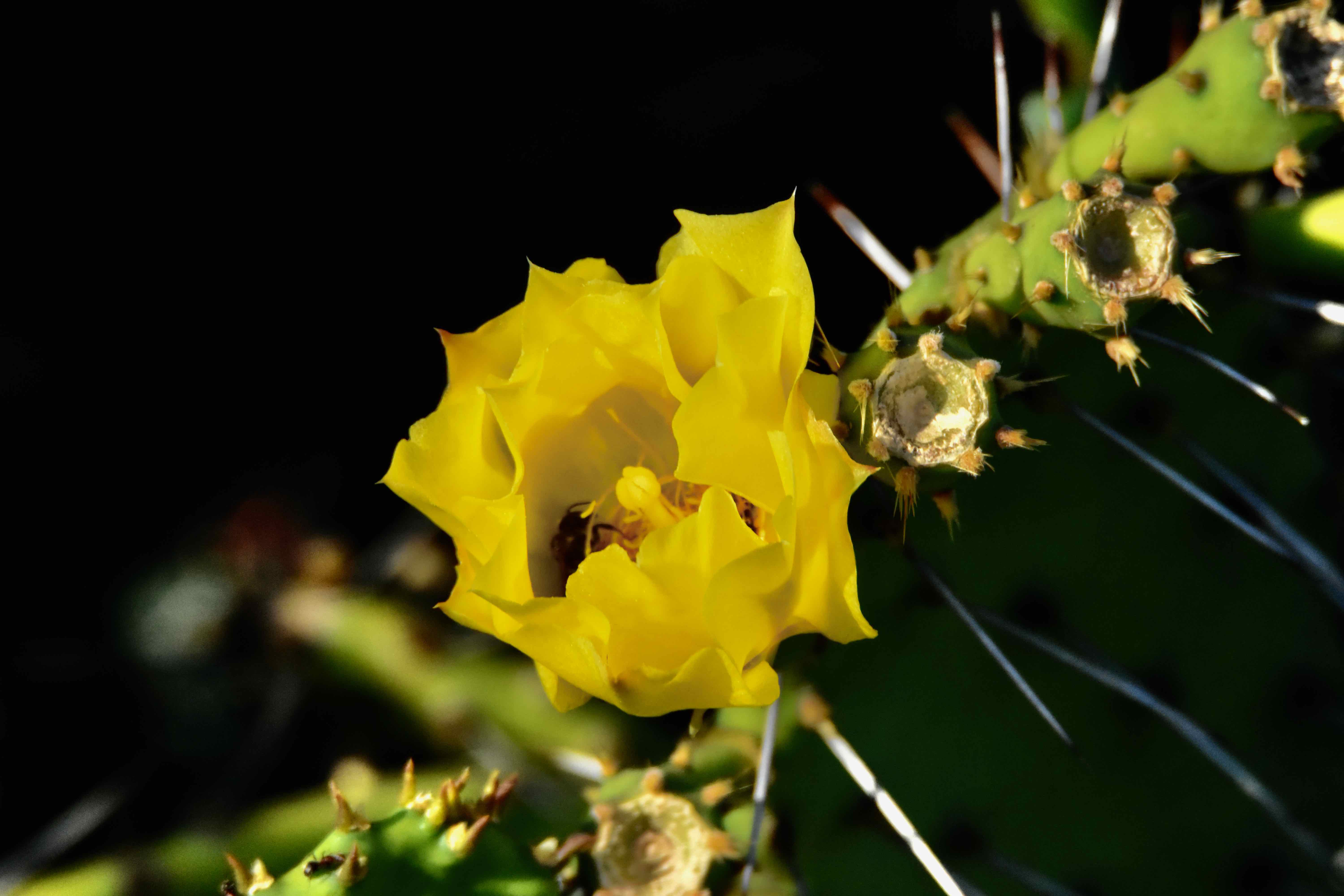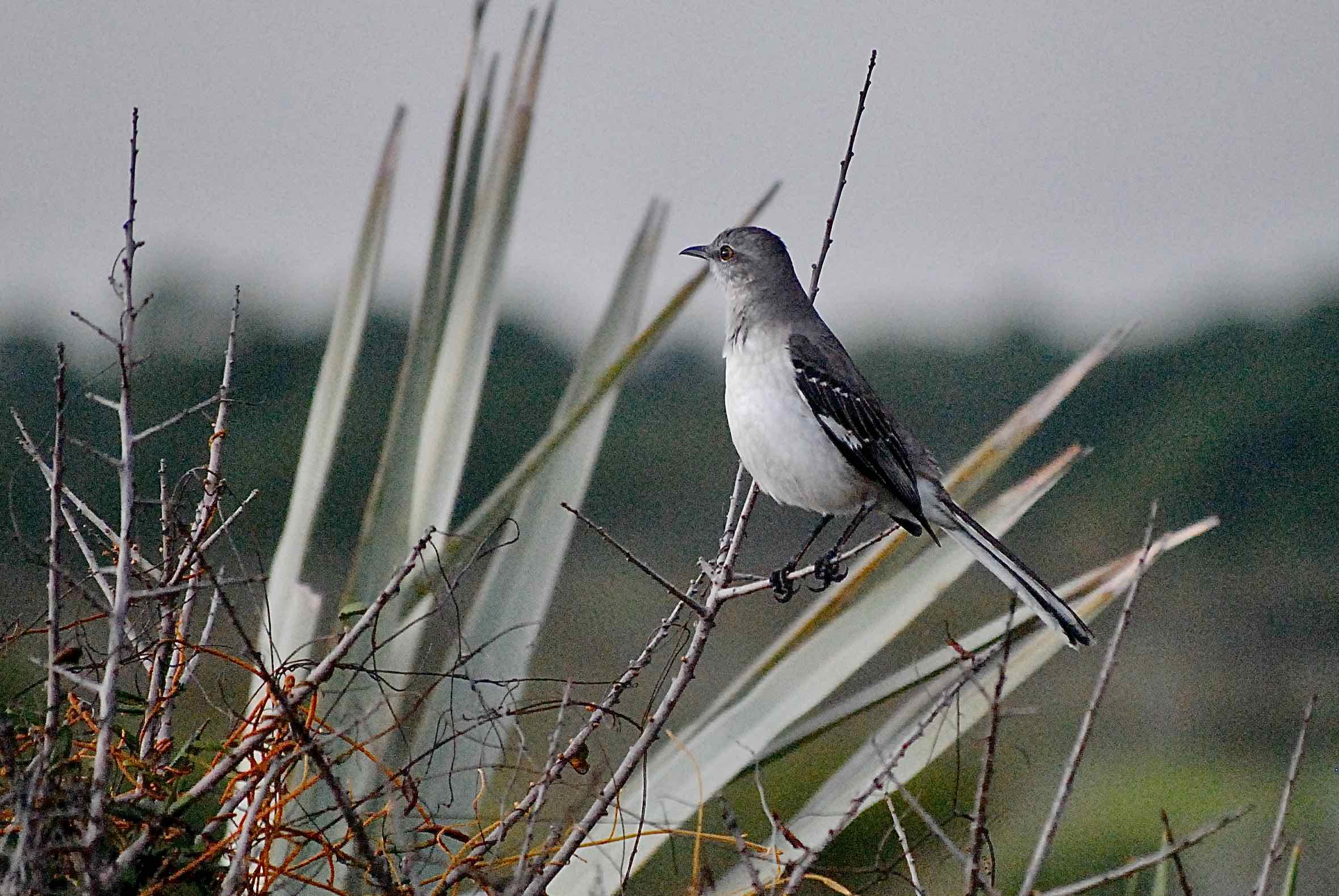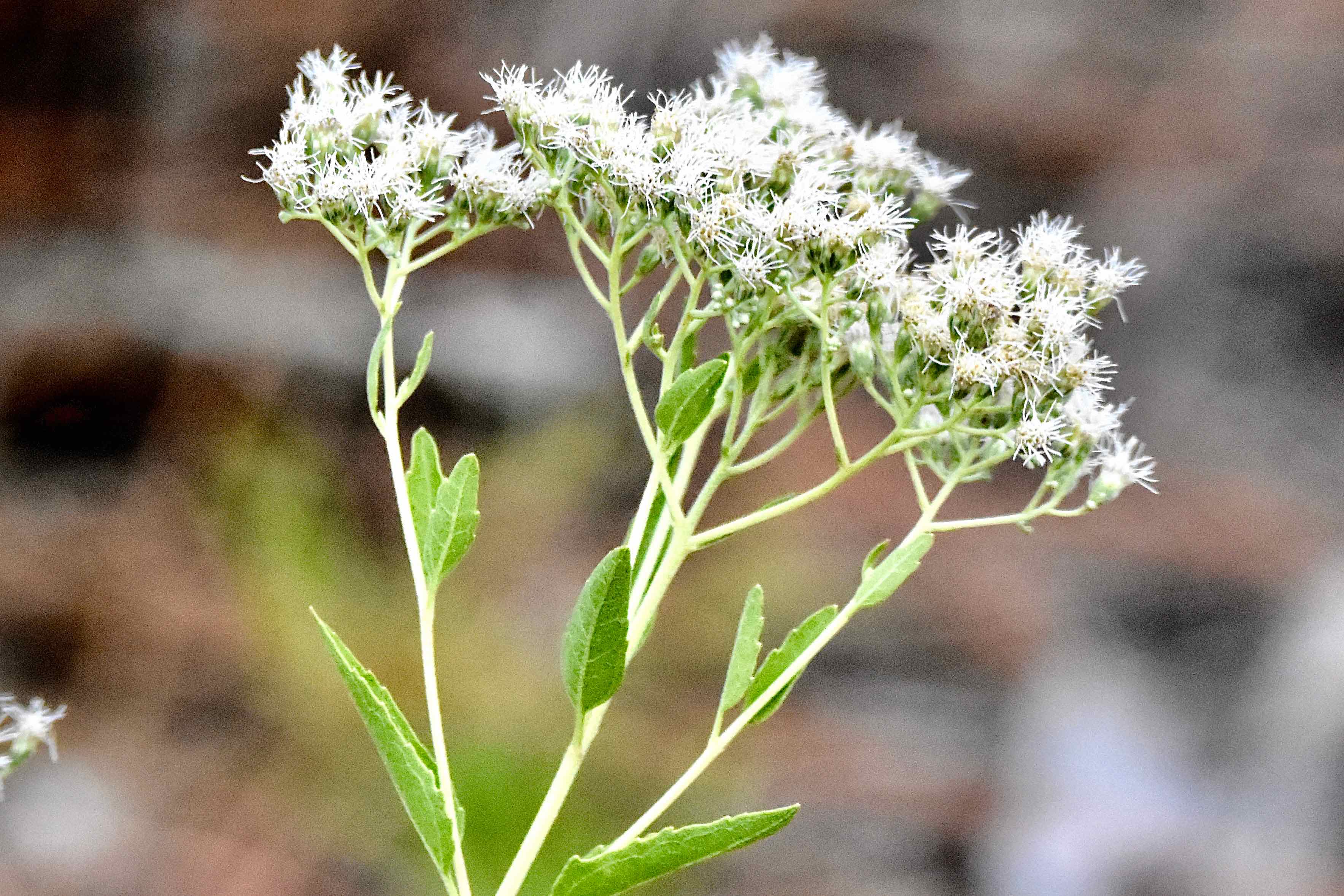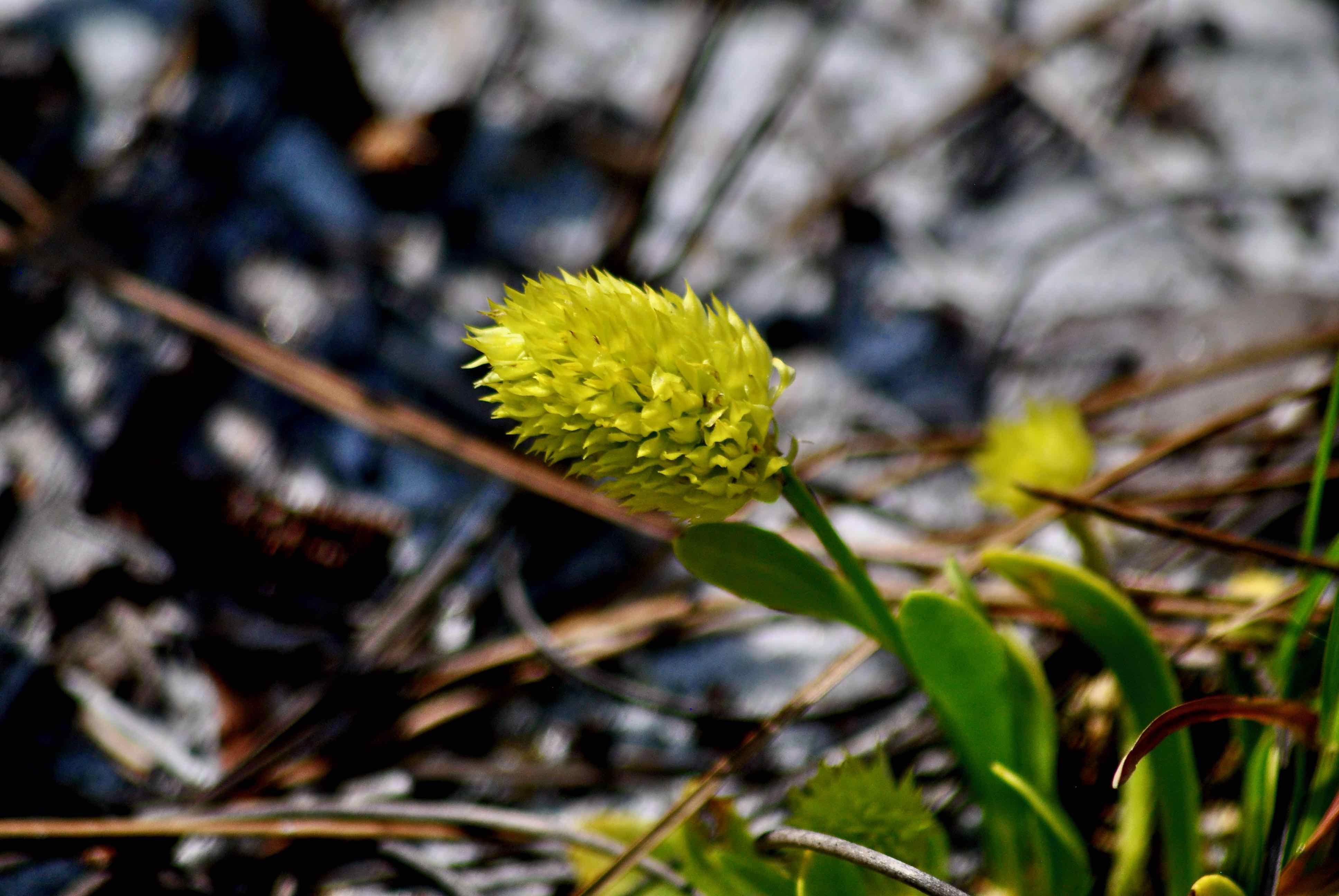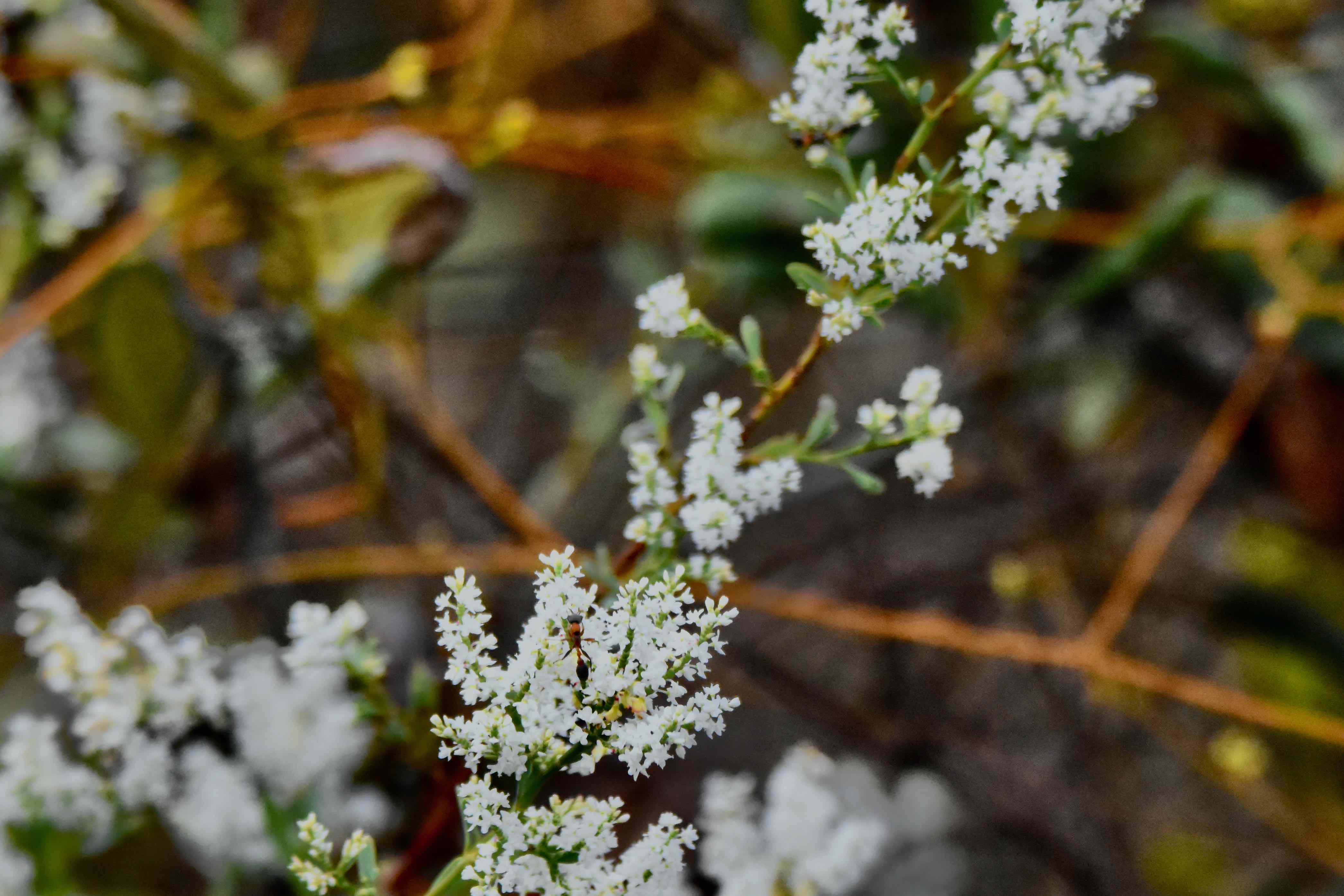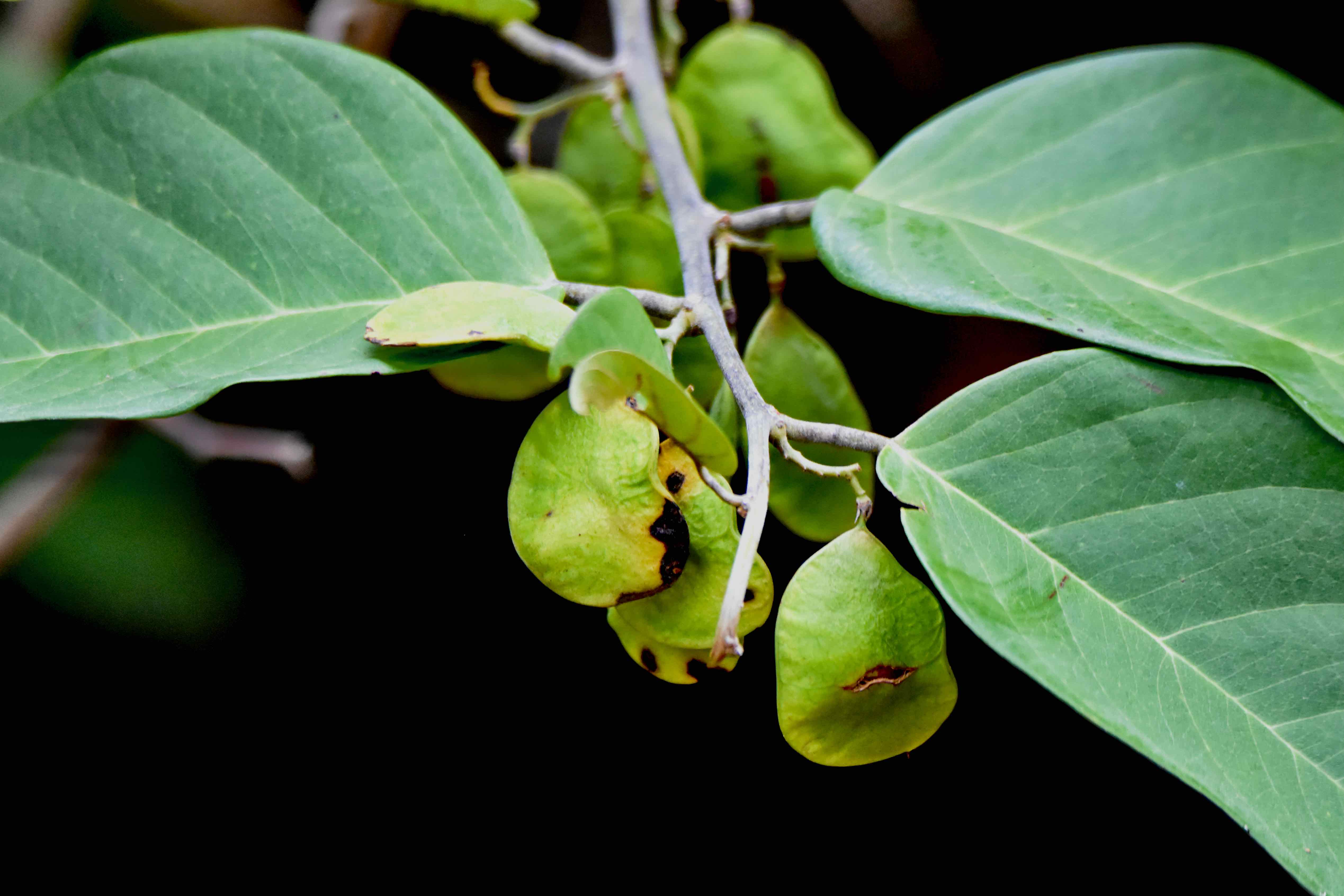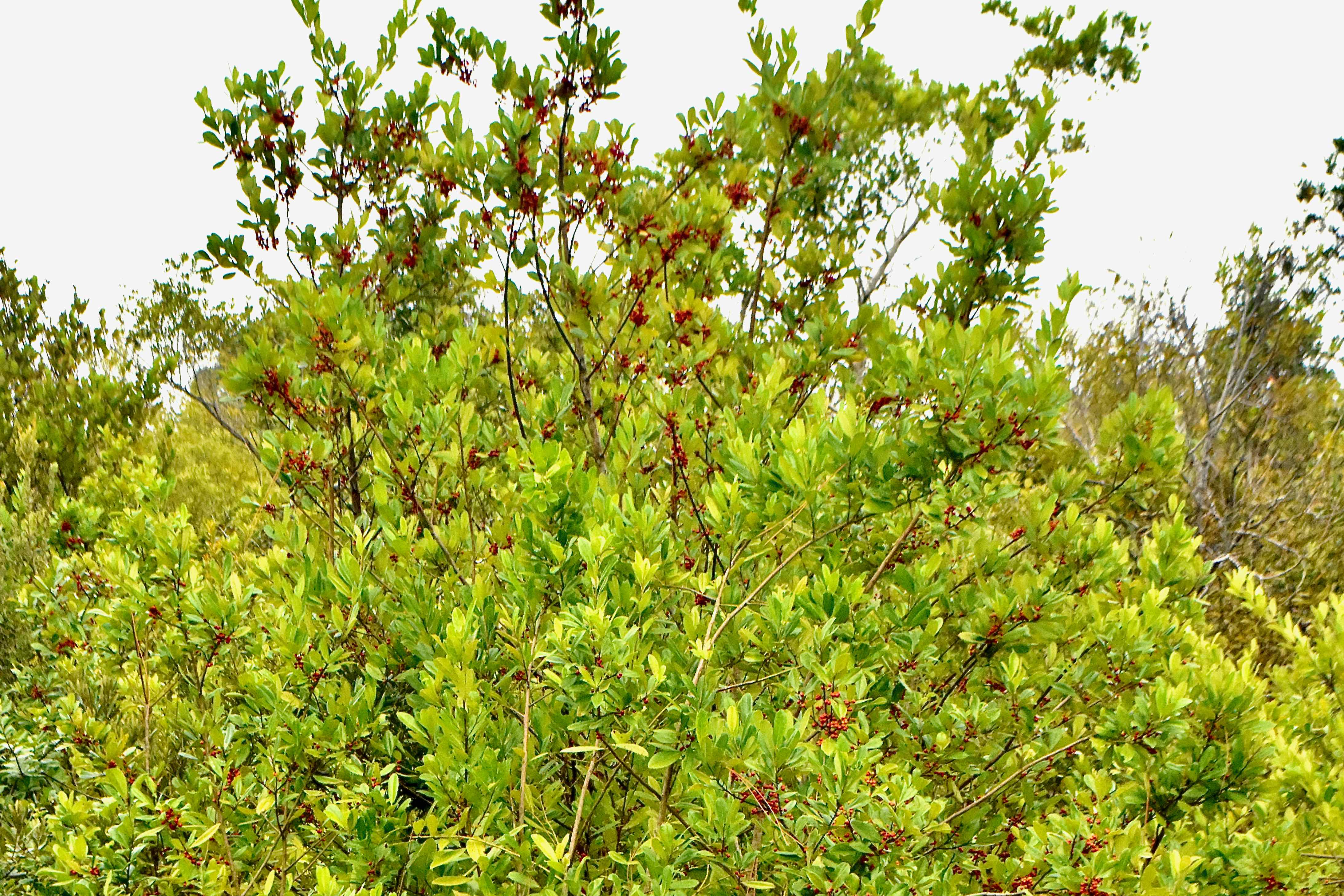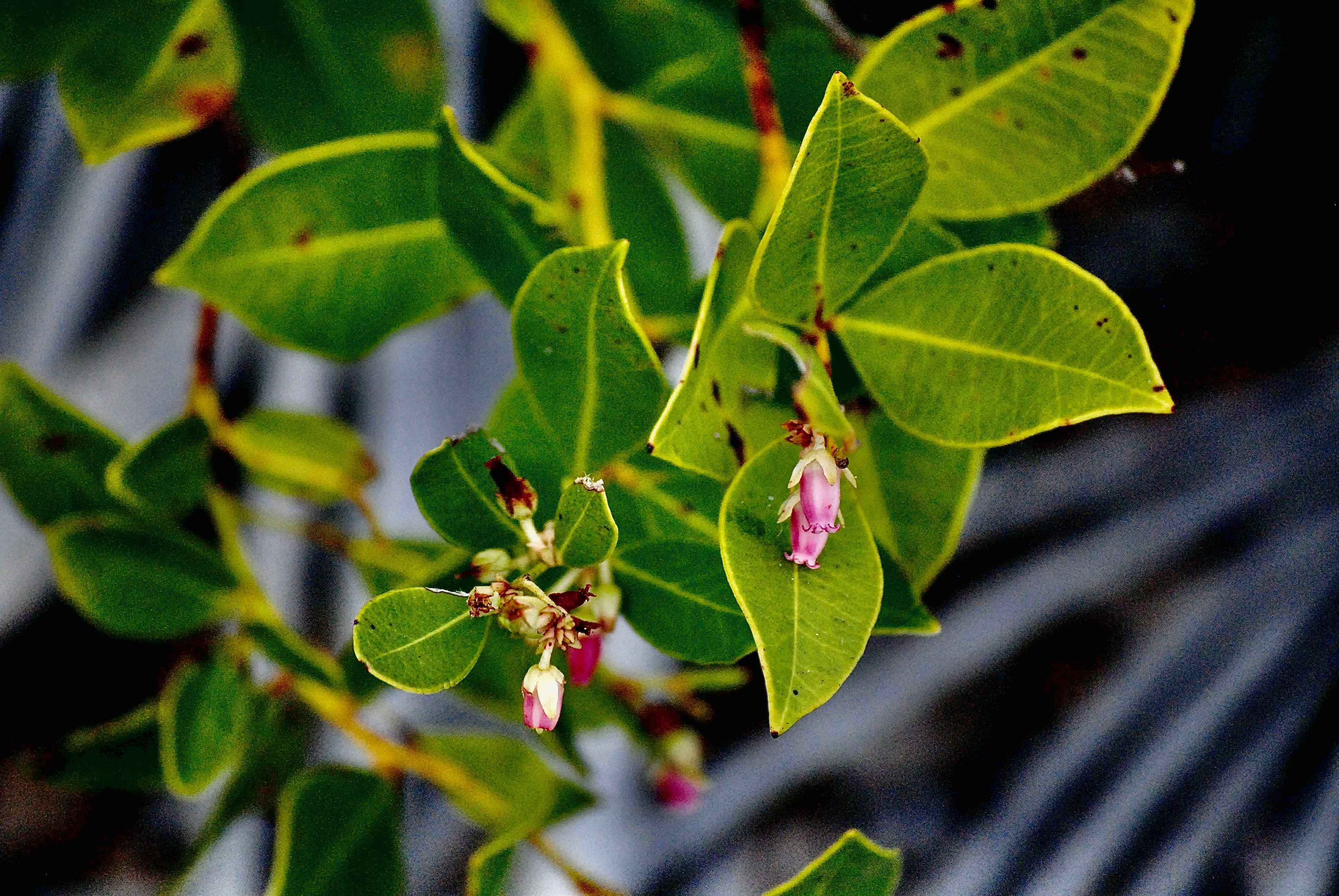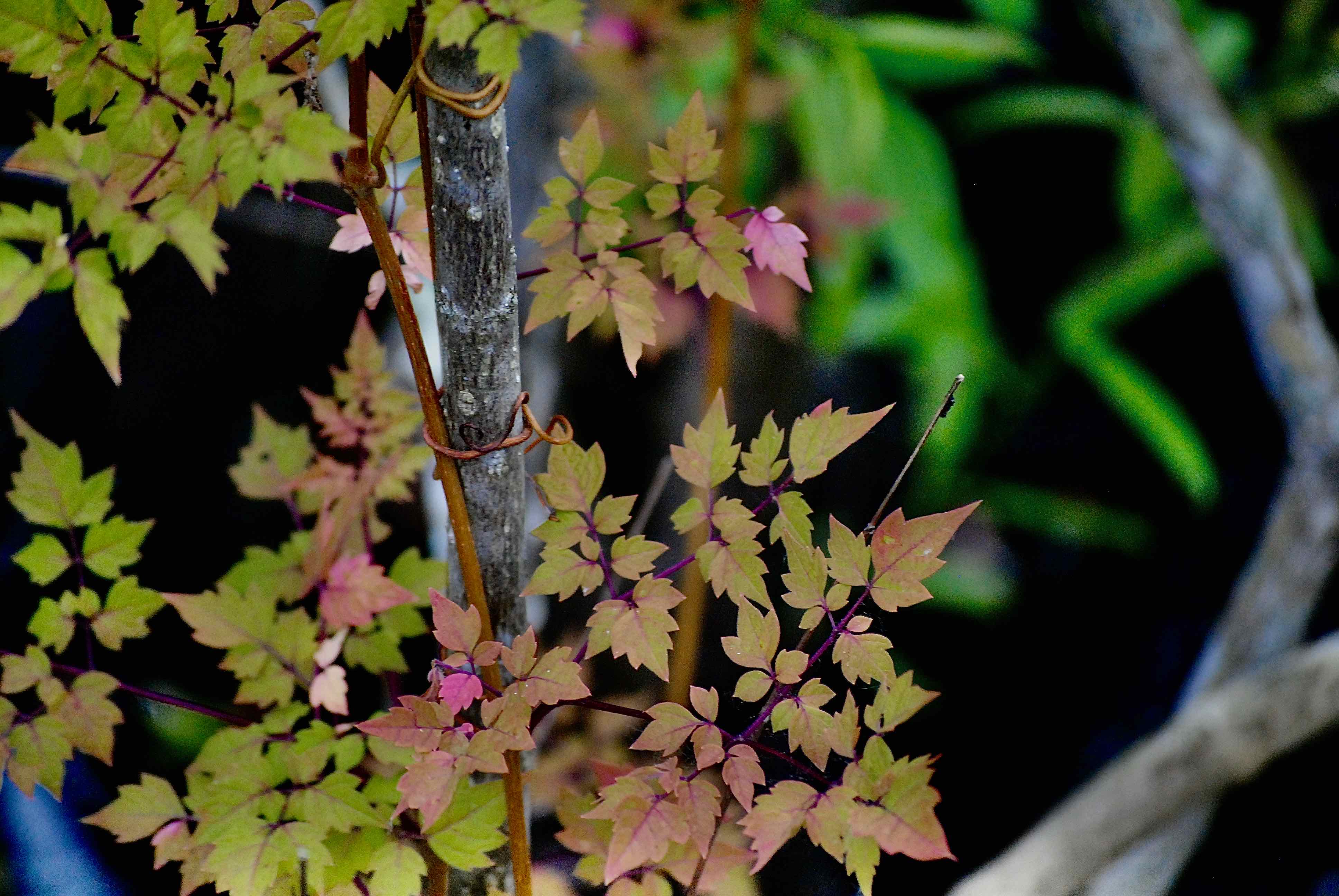EDITOR'S NOTE: We’ve divided Juno Dunes Natural Area in northern Palm Beach County into two separate listings, Oceanfront Tract and West Tract, because of the way it’s split by U.S. Highway One. The two have separate entrances, parking lots and trail guides.
Overview Come here by boat; come here by car. Either way, Juno Dunes Natural Area West Tract has a lot to offer. It is 546 acres of mostly scrub but also flatwoods, basin marsh, mangrove swamp and open water. Along with Juno Dunes Oceanfront Tract, it is a time machine of sorts, the last remaining intact coastal ecosystem running between the Atlantic Ocean and the Intracoastal Waterway. Walk the natural area east to west and it's like walking in the footsteps of Ponce de Leon five centuries ago.
Juno Dunes Natural Area is unusual in that it's 578 acres split into four sections by three different roads, including busy U.S. 1 and Donald Ross Road. Three sections west of U.S. 1 make up the West Tract; the fourth, 42-acre Oceanfront Tract, is east of U.S. 1 and extends to the beach. As we said, you can visit the West Tract by boat, if you have one, because of a floating dock along the Intracoastal Waterway. The section south of Donald Ross Road includes two pedestrian entrances, one of which is along Ellison Wilson Boulevard. The final section is south of Rolling Green Road and has no public facilities, although it does have a maintenance road that can be explored.
History: What is now Juno Dunes Natural Area was among the original 14 tracts of land deemed "environmentally sensitive" and priorities for inclusion in Palm Beach County's planned natural area system back in the 1980s. Palm Beach County bought the first 148 acres, including the 42 that make up the Oceanfront Tract, in 1992. In 1995, it bought 338 acres from the MacArthur Foundation. The county continued to add land to the natural area until it reached its present size of 578 acres in 1999. Fun fact: Juno Dunes was originally known as Juno Hills Natural Area.
What You'll See: Another odd thing about Juno Dunes West Tract is that you start your hike from the U.S. entrance going down hill, and what starts out as scrub soon turns to marsh. You are amid a mass of shrubby willow trees, sawgrass and stunted cypress. Don't worry about getting your feet wet; a boardwalk takes you through it. The trail becomes wide and sandy, and gently begins to rise. Staggerbush, fetterbush, scrub oaks, shiny blueberries line the way. A few slash pines start to appear; milkworts like candyroot and big yellow milkwort pop up in places where moisture can collect. Eventually, the trail comes to a T; go left (south) and the trail heads toward Donald Ross Road and the middle section of the West Tract. Head right (north) and you will come to a boat dock, observation tower and lagoon.
Amenities: There is a paved trail leading from the parking lot to an observation platform and boardwalk amid a marsh. There are more than four miles of natural surface trails, one leading to a dock and observation tower on the Intraocoastal Waterway, another that heads south to Donald Ross Road. The 2.1-mile Scrub Hickory Trail begins at a pedestrian entrance across Donald Ross Road and leads through a mangrove swamp and looping through the area. There is also a pedestrian entrance along Ellison Wilson Boulevard, but no parking (and no parking along Donald Ross, either). There's adequate parking at the U.S. 1 entrance, an observation tower and floating dock on the Intracoastal Waterway, informational kiosks at both the U.S. 1 entrance and the boat dock. The nearest public restrooms and drinking water can be found within nearby Loggerhead Park on the east side of U.S. 1.
Nearby: Juno Dunes Natural Area Oceanfront Tract sits within Loggerhead Park on the east side of U.S. 1. Jupiter Ridge Natural Area is several miles to the north; farther north still lies Jupiter Inlet Lighthouse Outstanding Natural Area. Pawpaw Natural Area is several miles south along Ellison Wilson Road; Frenchman's Forest Natural Area is across the Intracoastal Waterway on Prosperity Farms Road. John D. MacArthur Beach State Park is to the southeast in North Palm Beach.
Links: Great Florida Birding Trail page for Juno Dunes is here; Institute for Regional Conservation's plant list is here. Both are for Juno Dunes as a whole, both Oceanfront and West Tract.
Of Note: The entrance to Juno Dunes Natural Area Oceanfront Tract is through Loggerhead Park and Loggerhead Marine Center at the north end of the parking lot. The natural area is open sunrise to sunset 365 days a year. Admission is free. Juno Dunes is managed by Juno Beach and Palm Beach County's Department of Environmental Resource Management.
Cover Photo: A red-bellied woodpecker in the pines of the flatwoods near the Intracoastal Waterway.
Overview Come here by boat; come here by car. Either way, Juno Dunes Natural Area West Tract has a lot to offer. It is 546 acres of mostly scrub but also flatwoods, basin marsh, mangrove swamp and open water. Along with Juno Dunes Oceanfront Tract, it is a time machine of sorts, the last remaining intact coastal ecosystem running between the Atlantic Ocean and the Intracoastal Waterway. Walk the natural area east to west and it's like walking in the footsteps of Ponce de Leon five centuries ago.
Juno Dunes Natural Area is unusual in that it's 578 acres split into four sections by three different roads, including busy U.S. 1 and Donald Ross Road. Three sections west of U.S. 1 make up the West Tract; the fourth, 42-acre Oceanfront Tract, is east of U.S. 1 and extends to the beach. As we said, you can visit the West Tract by boat, if you have one, because of a floating dock along the Intracoastal Waterway. The section south of Donald Ross Road includes two pedestrian entrances, one of which is along Ellison Wilson Boulevard. The final section is south of Rolling Green Road and has no public facilities, although it does have a maintenance road that can be explored.
History: What is now Juno Dunes Natural Area was among the original 14 tracts of land deemed "environmentally sensitive" and priorities for inclusion in Palm Beach County's planned natural area system back in the 1980s. Palm Beach County bought the first 148 acres, including the 42 that make up the Oceanfront Tract, in 1992. In 1995, it bought 338 acres from the MacArthur Foundation. The county continued to add land to the natural area until it reached its present size of 578 acres in 1999. Fun fact: Juno Dunes was originally known as Juno Hills Natural Area.
What You'll See: Another odd thing about Juno Dunes West Tract is that you start your hike from the U.S. entrance going down hill, and what starts out as scrub soon turns to marsh. You are amid a mass of shrubby willow trees, sawgrass and stunted cypress. Don't worry about getting your feet wet; a boardwalk takes you through it. The trail becomes wide and sandy, and gently begins to rise. Staggerbush, fetterbush, scrub oaks, shiny blueberries line the way. A few slash pines start to appear; milkworts like candyroot and big yellow milkwort pop up in places where moisture can collect. Eventually, the trail comes to a T; go left (south) and the trail heads toward Donald Ross Road and the middle section of the West Tract. Head right (north) and you will come to a boat dock, observation tower and lagoon.
Amenities: There is a paved trail leading from the parking lot to an observation platform and boardwalk amid a marsh. There are more than four miles of natural surface trails, one leading to a dock and observation tower on the Intraocoastal Waterway, another that heads south to Donald Ross Road. The 2.1-mile Scrub Hickory Trail begins at a pedestrian entrance across Donald Ross Road and leads through a mangrove swamp and looping through the area. There is also a pedestrian entrance along Ellison Wilson Boulevard, but no parking (and no parking along Donald Ross, either). There's adequate parking at the U.S. 1 entrance, an observation tower and floating dock on the Intracoastal Waterway, informational kiosks at both the U.S. 1 entrance and the boat dock. The nearest public restrooms and drinking water can be found within nearby Loggerhead Park on the east side of U.S. 1.
Nearby: Juno Dunes Natural Area Oceanfront Tract sits within Loggerhead Park on the east side of U.S. 1. Jupiter Ridge Natural Area is several miles to the north; farther north still lies Jupiter Inlet Lighthouse Outstanding Natural Area. Pawpaw Natural Area is several miles south along Ellison Wilson Road; Frenchman's Forest Natural Area is across the Intracoastal Waterway on Prosperity Farms Road. John D. MacArthur Beach State Park is to the southeast in North Palm Beach.
Links: Great Florida Birding Trail page for Juno Dunes is here; Institute for Regional Conservation's plant list is here. Both are for Juno Dunes as a whole, both Oceanfront and West Tract.
Of Note: The entrance to Juno Dunes Natural Area Oceanfront Tract is through Loggerhead Park and Loggerhead Marine Center at the north end of the parking lot. The natural area is open sunrise to sunset 365 days a year. Admission is free. Juno Dunes is managed by Juno Beach and Palm Beach County's Department of Environmental Resource Management.
Cover Photo: A red-bellied woodpecker in the pines of the flatwoods near the Intracoastal Waterway.

